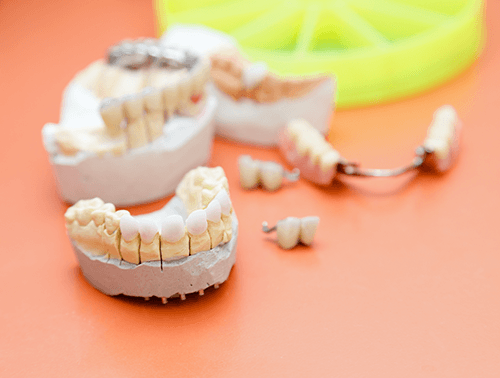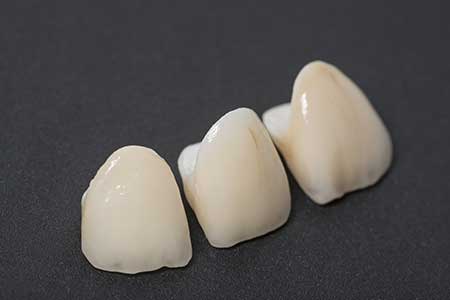The introduction of zirconia for dental restorations allows dentists to provide beautiful, tooth-colored crowns and fixed bridges to patients that are both esthetically acceptable and strong enough to withstand occlusal forces.
But the material is inherently different from traditional porcelain and ceramics, especially in the techniques and equipment needed to adjust and polish prior to final cementation.
The goal for most quality dental laboratories in fabricating zirconia crowns and bridges is for the final product to fit so well in the patient’s mouth that it needs no adjustments. However, the reality is that even the finest zirconia restoration might need some adjustments, albeit minor ones.
Zirconia Adjustment Methods
Some adjustments be made using polishing wheels or points.
In cases where those instruments are insufficient, use only fine and extra-fine diamond burs. High-speed, water-cooled handpieces used in the past are not recommended to be used for zirconia.
Electric handpieces that run at extremely low RPMs (6,000–20,000) are the preferred tool. These maintain sufficient torque at slow speeds and can be water cooled if needed.
Friction-grip diamond burs provide the first step in occlusal adjustments for zirconia crowns. A light touch with the fine or extra fine diamond bur is required.
Excessive pressure or heat generated by a handpiece can cause microscopic flaws, and even crack the zirconia. That could lead to failure of the restoration. Use a light air and water spray during adjustments to avoid producing heat and vibration.
During adjustments, try to avoid making any concavities in the surface.
The goal should be to maintain a convex surface over the entire restoration. Football, straight, or egg-shaped diamonds are all appropriate for use on zirconia.
Remember that, even with water cooling, some sparking may occur during adjustments, due to the extreme hardness of the material.
When you have completed all occlusal adjustments and the occlusion is perfect, the zirconia must be polished to a high luster. Research has shown that wear on opposing dentition is a result of a rough surface on zirconia abrading the opposing tooth rather than its inherent hardness.
How to polish Zirconia
Unlike other materials, zirconia will not smooth out over time during normal mastication, so polishing is a required step before final cementation occurs.
To polish zirconia, you’ll use a series of polishing wheels, cups, or points starting with medium grit and moving on to extra fine. The medium polish materials remove scratches caused by the diamond bur during adjustments.
The fine and extra-fine wheels, or points, further remove microscopic scratches and produce a mirror-like shine. To achieve a high luster, desirable for the finished restoration, you’ll use a polishing paste as the final step.
There are several brands and polishing systems designed specifically for use with zirconia. Use the product that you are most comfortable with, and that fits best with your practice protocols.
About First Choice Dental Lab
Here are First Choice Dental Lab, we specialize in all types of zirconia restorations, including full-contour and esthetic anterior. Our experienced dental lab technicians will advise and guide you in techniques and materials to achieve optimal results for all of your restorations.
Want to learn more? Complete the form below and let us help you plan your next restoration!
Bibliography
https://www.ncbi.nlm.nih.gov/pmc/articles/PMC5806964/




